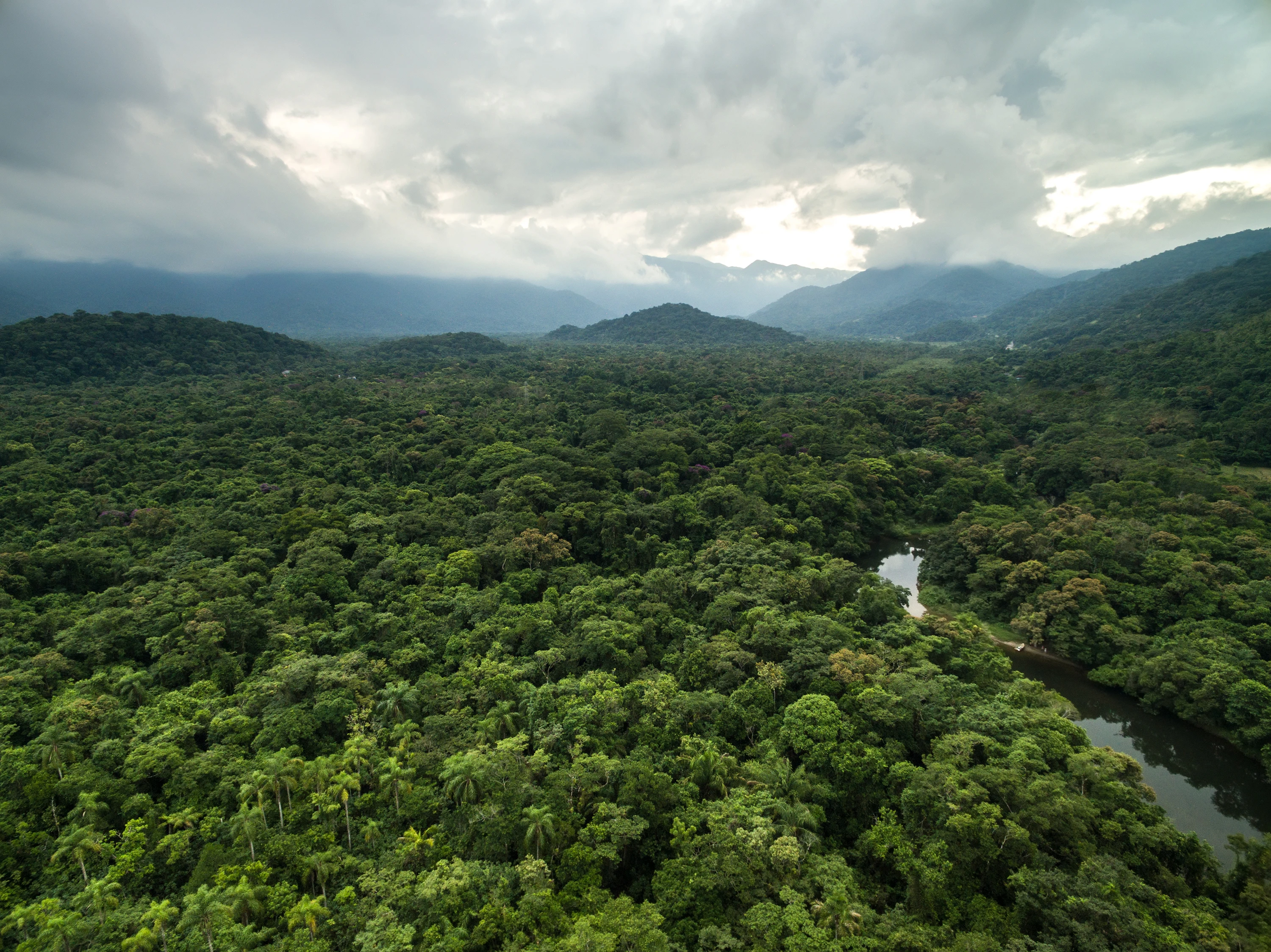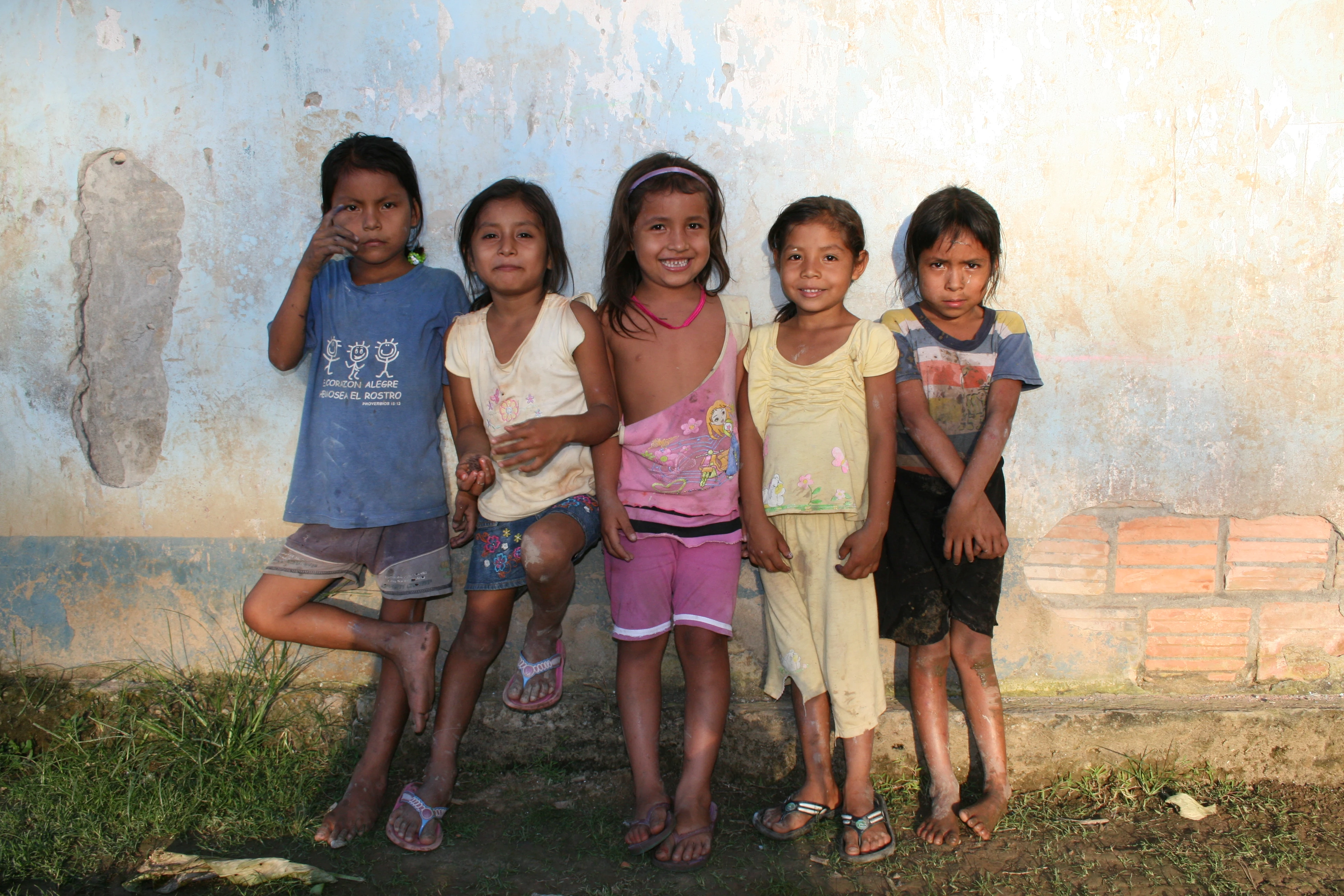New International Alliance for the Protection of South America’s Forests
- Toke F. Nyborg
- 18. apr. 2023
- 1 min læsning
Four organizations – three South American and one European – have come together to establish a strategic alliance dedicated to the preservation of the Amazon and its surrounding forest ecosystems.

The alliance is called the South American Tropical Forest Conservation Alliance (SAFCA).
Based in Peru and Bolivia, the alliance works to protect and connect Indigenous territories and forest-dependent communities with protected areas, creating natural corridors where biodiversity can thrive and move freely.
Our mission is clear: to save as much tropical forest as possible.
Together, we will advocate for political solutions to deforestation through campaigns, policy action, and awareness-raising, supported by data collection and research.
In addition, through collaboration and investment, the alliance will strengthen capacity-building support for local communities, secure access to financing, and expand organizational capacity through knowledge sharing and coordination – all for the benefit of nature.
Geographically, the alliance focuses its efforts on the protection, conservation, and restoration of forest ecosystems in the Pando and Santa Cruz regions of Bolivia, and the Madre de Dios region of Peru.
This regional approach enables cross-border collaboration across national and regional borders.
In addition to the conservation of the Amazon and Chiquitano forests, the alliance engages more broadly in forest protection across South America in partnership with organizations that share SAFCA's vision.
The alliance is composed of:
Conservación Amazónica (ACCA), Peru
Conservación Amazónica (ACEAA), Bolivia
Fundación para la Conservación del Bosque Chiquitano (FCBC), Bolivia
Aktion Amazonas (AKAM) , Denmark
Together, the four partners bring more than half a century of experience in forest and nature conservation to South America.








Kommentarer